Better Learning from Information in Chemistry by Looking Ahead (BLIC Ahead)
Research question
How do you identify weak signals from different types of data from chemical companies (big data), and how can you learn from this to further improve environmental safety?

Code: AIPSM 2022-55
Status: Execution
Update: February 2023
Background
The value of data is greater than ever, thanks in part to the rise of artificial intelligence (AI). So too for environmental safety, for which this project will explore the conditions, feasibility and effectiveness of AI technology. Being able to find and interpret learning points in big data, such as 'weak signals of anomalies, enables companies to better understand increasingly complex processes, and to intervene faster and more effectively in situations where things are likely to go wrong, thus preventing possible incidents.
A previous Safety Deal has already demonstrated the feasibility of identifying weak signals ("weak signals") in big data with just one data source. This involved watch reports from one company with one AI (Natural Language Processing) technique.
In this project we want to 'learn more broadly': with more types of data and at more companies. We expect that this will yield better and more substantiated results in finding weak signals. However, a method and technology for this are still lacking and are being researched here.
Purpose
Develop a method to identify 'weak signals' (=learning points) from multiple data sources of multiple companies using artificial intelligence (AI). The ambition here is to create a broadly applicable 'digital ecosystem'.
We choose a joint approach with companies on the chemical cluster 'Chemelot'. This will accelerate the learning curve of individual companies, because companies learn directly from each other and not every company has to go through this process separately.
Expected result
Better and faster insight into the origins and course of deviations in (complex) processes, including an understanding of the context in which events take place. That insight offers opportunities to intervene earlier and more effectively if something threatens to go wrong.
The approach focuses on defining conditions (success conditions), removing blockages (support), information sharing (input), data analysis (process) and result (product).
The project will provide a handout with a learning method that companies can use. The learning method will consist of four elements that will be further developed and tested in practice during this project:
- Learning edges: both for "broader learning" and for privacy-friendly data sharing.
- Learning input: selection of data sources with learning potential and different types of AI techniques.
- Learning process: identifying learning points through advanced data analysis with AI.
- Learning product: storing and sharing learning points with others.
Project Management
Safety Deal SVO222004
Contractor: Sitech Manufacturing Services
Coordination and execution: Sitech Manufacturing Services in cooperation with TNO
Project Progress
Information on project progress is only available to participants - you need to request access and log in at the SDN programme office.

